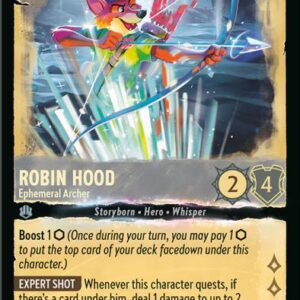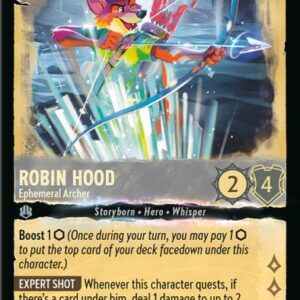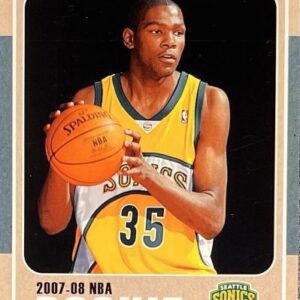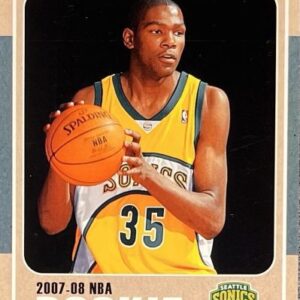Once relegated to shoeboxes under the bed and traded at elementary school lunch tables, the world of trading cards has exploded into a multibillion-dollar industry, astonishingly robust in its allure and diversity. Casting any lingering doubts into the retrospective dustbin, June 2025 witnessed an unprecedented milestone that had the entire community of card enthusiasts buzzing and calculators whirring. The secretive alchemy of cardboard, ink, and nostalgia has once again spun magic, culminating in a massive, record-shattering $305 million being spent on sports and trading cards, as recently confirmed by the industry clairvoyants over at Card Ladder.
Breaking the previous record—an already eye-watering $303.22 million achieved just three months prior—was no small feat, but as more data trickles in, the final tally is likely to grow even more prodigious. June wasn’t just another summer month—it was a seismic tremor in the hobbyist landscape, proving yet again that the appetite for trading cards is not just insatiable but booming.
This surge in trading card sales was propelled by key players in the marketplace dance, with eBay twirling in the lead with over $245 million in sales, showing that the digital bazaar remains the cherished heart of modern collecting. Hot on eBay’s heels, Goldin hauled in another $32 million, while Fanatics Collects contributed a nifty $27 million to the month’s monetary melee. In aggregate, these marketplace maestros accounted for a staggering 5.2 million transactions in June, marking the second-highest monthly transaction count recorded by Card Ladder—a testament to the frenetic pace and enduring popularity of card collecting.
As the crescendo of commerce reached its zenith, some particular pieces of cardboard turned into outright stars. Goldin witnessed the highest individual sale—a spectacular 2009-10 Upper Deck Exquisite Collection Dual NBA Logoman card featuring none other than the basketball luminaries LeBron James and Kobe Bryant, which exchanged hands for a princely $1.16 million. Among the galaxy of shiny cardboard, this was the lone seven-figure juggernaut of June, basking in its own aura of exalted esteem.
And while this card basked in million-dollar glory, it wasn’t entirely alone in commanding hefty fees. Six cards sold for more than $500,000, a total of 68 cards cleared the $100,000 mark, and a robust 239 managed to eclipse the $50,000 threshold. These figures illustrate not just the financial muscle flexing within the high-end sector but also a clear trend toward valuing rarity and prestige in the collectibles market—a trait that perhaps echoes the instinctual human allure to the rare and the revered.
Beyond the chimes of auction houses and digitized ledgers, the grading sector was having its own field day, with figures that reflected an energized community seeking authenticity and status. GemRate—a grading high priest in this space—reported a staggering 12.4 million cards graded in 2025 alone, signifying a formidable 25% increase over last year. Of these, 7.2 million were non-sports and TCG cards, with Pokémon continuing its perennial reign atop the throne. Pokémon, the nearly mythical creature decked out in the form of simple cards over two decades ago, is not just holding firm but actively dominating: of PSA’s top 100 most graded cards, a gobsmacking 97 were Pokémon.
Examining these figures, one recognizes the confluence of savvy investment and unadulterated nostalgia that bolsters such staggering numbers. Developments in grading, digital marketplaces, and enthusiastic fan engagement have crafted a perfect storm where every card is akin to a stock option floating on waves of cultural capital.
The record-setting month wraps up what has been a truly astounding first half of 2025 for collectors, investors, and anyone who has ever thrilled to slip a card from its pack. This momentum—spanning sports cards and TCG spheres—suggests an era not just of reinvention, but of elevated new heights, one wherein cardboard conveys more than nostalgia or speculation; it has become an emblem of shared culture, a totem of history, and an investment, all neatly encased in plastic orc blisters and glossy finishes. As the curtain falls on June’s remarkable rollout, the trading card game presses forward, an indomitable testament to what little rectangles of art can become in a digital era.






